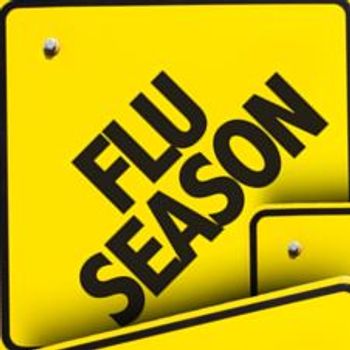
Updates in ID for PCPs: 5 Questions
How prevalent is use of antibiotics without a prescription? Why do patients hesitate to be vaccinated? Plus, 3 more questions on ID research that may affect primary care.
Prevalence of antibiotic use without a prescription and reasons for hesitation around vaccination are subjects of 2 recent studies with implications for primary care. Take this short test on the findings from these and 4 other timely investigations into infectious diseases that may affect clinical care in your practice.
1. In a recent scoping review of nonprescription antibiotic use, what was the prevalence of intention to use antibiotics without a prescription?
A. 5%
B. 10%
C. 25%
D. 50%
Answer: C. 25%. Prevalence of
2. The US Preventive Services Task Force (USPSTF) recently recommended screening in pregnant women for which hepatitis virus?A. Hepatitis A
B. Hepatitis B
C. Hepatitis C
D. Hepatitis D
E. Hepatitis E
Answer: B. Hepatitis B. The USPSTF reaffirmed its 2009
3. In a recent trial of hepatitis C virus (HCV) treatment for people who inject drugs (PWID), HCV was undetectable in how many patients at end of treatment and 12 weeks later?A. 23.1% and 18.4%
B. 49.6% and 44.9%
C. 71.3% and 67.2%
D. 96.8% and 89.7%
Answer: D. 96.8% and 89.7%. The authors
4. Older patients with encephalitis are likely to have which profile compared with younger patients?
A. Lower prevalence of HIV, higher prevalence of comorbidities, more adverse clinical outcomes
B. Higher prevalence of HIV, lower prevalence of comorbidities, fewer adverse clinical outcomes
C. Lower prevalence of HIV, lower prevalence of comorbidities, more adverse clinical outcomes
D. Higher prevalence of HIV, higher prevalence of comorbidities, fewer adverse clinical outcomes
Answer: A. Lower prevalence of HIV, higher prevalence of comorbidities, more adverse clinical outcomes. In a
5. In a recent study of vaccination hesitancy, willingness to take the Ebola vaccination was positively associated with which factors?
A. Younger age and higher education level
B. Fear, trust, and exposure expectancy
C. White race and female sex
D. Social, economic policy, and legal or physical matters
Answer: B. Fear, trust, and exposure expectancy.
For more information on all questions and answers, please visit “
Newsletter
Enhance your clinical practice with the Patient Care newsletter, offering the latest evidence-based guidelines, diagnostic insights, and treatment strategies for primary care physicians.
























































































































































































































































































